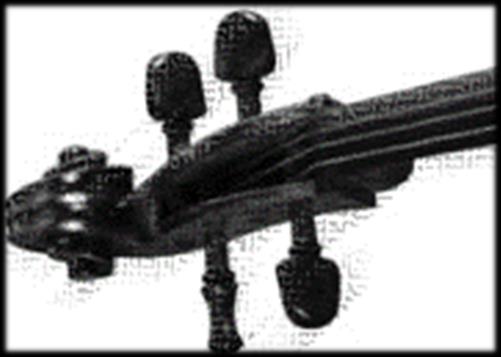Chapter 21
July 30, 1965, Vietnam
efore Americans came to Vietnam, marijuana was sold there B openly. There were dozens of venders in Saigon alone. Vietnamese drug laws were poorly defined and enforcement priority was low to none. It grew wild everywhere. Even dried and rolled, it was cheap and legal, so distribution did not require a criminal element. It was not considered a problem. Someone compared it to the way the French treated sex: there were laws regulating its sale, but no inherent sense of illegitimacy.
Then the American military came. They brought with them their own laws and prohibitions, and they expected servicemen to obey them. When they didn’t, if they were caught, they were punished. Sometimes. And not uniformly. Even in the advisory years, dozens were in the brig at any one time for drug offenses.
For Marines in Vietnam, possession of even a small amount of 170
marijuana was a court-martial level crime. The Army reserved that punishment only for dealers. In most cases, company commanders set the level to which they would pursue, prosecute and incarcerate marijuana users in their units. While some Commanders did attempt to control that element in the ranks, others ignored it, either because they thought weed helped soldiers mellow out when they got back from the fight, or because they knew weed usage was so widespread that half the unit would be in the brig at any one time if they applied the regulations evenly.
Well intended though it might have been, prohibiting marijuana use by soldiers had little effect in preventing its use. It did, however, increase insubordination to previously unknown heights. In addition, it created a position for those bold enough to take on the additional risk inherent in obtaining, storing and selling marijuana.
The less competition one had, the more one could sell, so the soldier who gravitated toward this style of endeavor tended to be one un-encumbered by burdensome ethical leanings, one capable of dealing with the occasional competitor or do-gooder officer who threatened the status quo. A person just like BB, alias Billy Walker.
BB’s associates would corner new soldiers and explain the rule: if you want weed, you buy from us. Unfortunately, no one kept a lookout for the new guy who was just too straight to be bent, too idealistic for his own good. No one pulled that person aside and explained this was new country. He must abandon lofty ideals and learn it was good to make friends, but imperative he not make enemies. In the heat of battle, a bullet could come from anywhere.
On July 30, 1965, Captain Blaine Hardson hailed Warrant Officer Casey Peterson as he left his tent early in the morning on his way to chow. Hardson ordered Casey into the air to deliver an important communication to Da Nang HQ, about one hundred air miles to the southeast.
Hardson was not in Casey’s chain of command, not someone who normally would issue flight orders to him, but he was a superior officer. Casey questioned Hardson, politely, about the mission, 171
but the Captain would say only that the sealed satchel contained time sensitive material Da Nang needed immediately.
Casey stepped back into his tent to get his gear. He had no reason to suspect foul play by Hardson, but something didn’t feel right.
When a corporal came by to deliver a message to Hardson, Casey used the distraction to jot two quick notes. He taped one to the outside of his old civilian flight computer he’d brought with him for luck. The note said, “Mom, give to Art.” He addressed the other note to his friend Art, and he concealed it where he thought only Art would find it.
Back outside, Casey had another surprise, as Hardson led him to an O-1 Bird Dog. The L-19/O-1 Bird Dog was a spotter aircraft, and not one of the craft Casey normally flew. Another person already waited in the second seat. Hardson said, “Holling here is tagging along.” Casey didn’t know 1LT Frank H. Holling, but he’d seen him around. Having Holling along eased his misgivings, somewhat. He began his checkout of the aircraft, did an extra thorough job, and finding nothing amiss, he climbed in, fired it up and taxied to the runway.
Less than a minute into the flight, the little plane began taking gunfire from the jungle below, and Casey responded the only way he could, by pulling back harder on the yoke, to gain altitude as fast as possible. But the yoke went limp, indicating a failure in the cable connecting the steering yoke to the elevator at the tail end of the plane. He also found he’d lost rudder control, and that he’d perhaps been shot, because his hands and feet didn’t seem to be responding properly. He glanced over at Holling, slumped in his seat, leaning against the window, not moving.
Under the best of circumstances, a good pilot in possession of his mental and physical abilities, with plenty of altitude to work with, and having lost only one flight control surface, might have a one-in-four chance of bringing such a plane down in some form of controlled crash. Shot, with both elevator and rudder gone, Casey had no chance at all.
172





